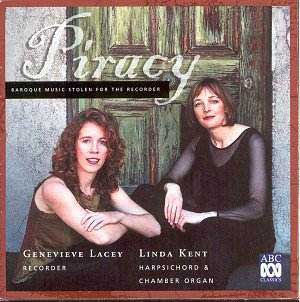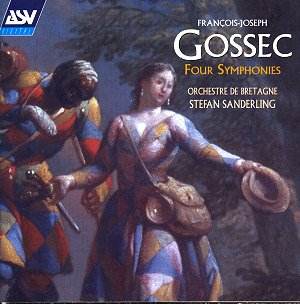 Composer: Livonia
Composer: Livonia
Works: Old Estonian Songs and Dances
Performers: Svea Juckum-Bentz (voice, violin, hurdy-gurdy, recorder, harp), Roland Bentz (voice, bass-veille, hurdy-gurdy, vielle, recorder, harp, percussion), Gottfried Madner (percussion)
Recording: No information given
Label: LIVONIA
The disc “Old Estonian Songs and Dances” by Livonia presents a compelling journey into the musical heritage of Estonia, specifically focusing on the ancient form of rune-songs, which are steeped in the traditions of nature worship that predate the first millennium BCE. The collection is not merely an ethnomusicological curiosity; it is a vibrant exploration of the Estonian soul, reflecting a culture that has long been inextricable from its natural landscapes. The arrangements—while undoubtedly modern interpretations—offer a bridge between the past and present, allowing listeners to engage with melodies that have resonated through centuries.
The performance showcases the talents of Svea Juckum-Bentz, Roland Bentz, and Gottfried Madner, who collectively bring an array of instruments into play, including the hurdy-gurdy and bass-veille. The interpretation is marked by a spirited enthusiasm that illuminates the essence of these folk tunes. In particular, the rich textures created by the blend of voices and instruments evoke the communal spirit of traditional Estonian gatherings. For instance, in tracks such as “Laulan mere maaksi,” the interplay of the hurdy-gurdy and voice captures a hypnotic cadence, reminiscent of the troubadour tradition, while the rhythmic drive of “Lambamäng” showcases the buoyancy typical of folk dance, drawing parallels to American bluegrass and Celtic influences.
Technical execution is commendable, with the performers demonstrating a keen understanding of the stylistic nuances inherent in folk traditions. The vocal lines exhibit a clear connection to the oral tradition, with an emphasis on phrasing that respects the natural rise and fall of the text. The instrumentalists, particularly in the use of the vielle and percussion, create a sonorous backdrop that enhances the narrative quality of the songs. However, some arrangements occasionally stray into a more generic sound, veering towards what might be perceived as “also-rans” in contemporary folk music. This is evident in certain tracks that could easily blend into the landscape of Eurovision-style pop, losing some of the raw authenticity that characterizes the more successful pieces.
The sound quality of the recording is generally pleasing, with a warmth that envelops the listener, allowing for the intricate interplay of instruments and voices to shine through. However, details about the recording process are scant, which leaves a slight veil over the sonic engineering choices that could have further elucidated the listening experience. The spatial dynamics, while effective, might have benefited from a more pronounced separation of instruments to accentuate the distinct roles each plays in the ensemble.
As the world increasingly embraces diverse musical traditions, this recording stands out as a significant contribution to the preservation and appreciation of Estonian folk culture. It serves as both an introduction for the uninitiated and a rewarding experience for those familiar with the genre. The ensemble’s palpable enthusiasm and skillful interpretations render “Old Estonian Songs and Dances” a vital exploration of a musical heritage that deserves recognition in the broader tapestry of world music. The recording ultimately succeeds in weaving a narrative that is both engaging and enlightening, offering a window into a culture that remains vibrantly alive through its music.



